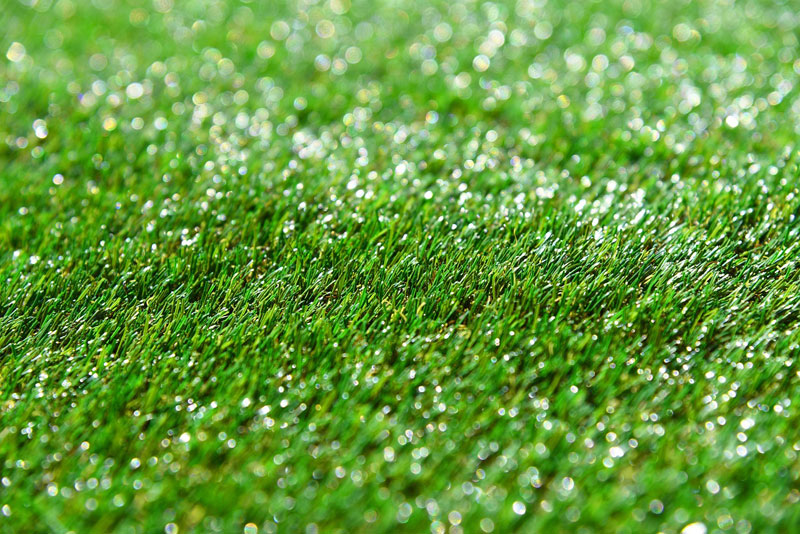Care for Synthetic Grass as the Seasons Change
Many people get synthetic grass because it is a low-maintenance option compared with a regular lawn. It requires no water or mowing and little effort to keep it looking great. While it is much less work than a traditional lawn, there are still some key steps to take in each season to keep it looking great and lasting for years to come.
Spring: For those with regular yards, spring often means planting, and the same may be true for artificial lawn owners. While you don’t have to worry about planting grass seed, you may want to plant shrubs or flowers around the outside of the synthetic lawn. In this process, you will want to clear any dirt or debris that gets on the lawn. Additionally, keep an eye out for weeds. Since synthetic grass has a permeable backing to allow water to drain, weeds can pop up. You may consider using a non-toxic weed killer on your lawn to prevent this possibility.
Summer: Summer is when you can enjoy your artificial lawn. It makes an ideal setting for barbecues or summer get-togethers. This traffic, along with the possibility of pet waste, means you may want to spend some time cleaning it and removing stains. Stains can usually be addressed using a mixture of vinegar and water. This remedy can also kill germs and prevent your synthetic grass from developing odors.
Autumn: While synthetic grass eliminates the need for mowing and watering a lawn, it doesn’t impact other duties – especially raking. When the fall leaves drop, they accumulate on synthetic grass just as easily as a traditional lawn. However, since artificial grass has a smooth surface, raking is generally easier than with a natural lawn. You can also employ the use of a leaf blower or even a broom and dustpan in some situations. You do not want to skip this chore, though, as these accumulating leaves will decompose if they are not removed and will end up getting slime and sludge on your synthetic grass, which leaves it very unappealing and can even cause an unpleasant odor.
Winter: Winter looks different depending on where you live. Winter maintenance is a breeze if you only expect rain in your area since artificial lawn allows for water drainage. If you generally get ice and snow in your region, that’s still not a huge issue. While it may be tempting to remove the snow and ice, the best method – and the one with the least impact on your synthetic grass – is to let it thaw naturally. Using a snowblower or shovel can scrape or damage your synthetic lawn.
Many people with synthetic grass understand the benefits of its low maintenance. Rather than spending hours – or even entire days – dealing with yardwork, you can simply attend to a few care tips throughout the seasons, and your artificial grass will hold up. To learn more about the benefits of synthetic grass, contact SoCal Greens today!
SoCal are the creative installers of synthetic turf for residential landscaping/putting greens and commercial applications. With over a decade of experience under our belts, our team can help you to create beautiful and environmentally friendly curb appeal with our synthetic lawns. Using the latest technology, we help you create a beautiful and green lawn requiring little maintenance.







